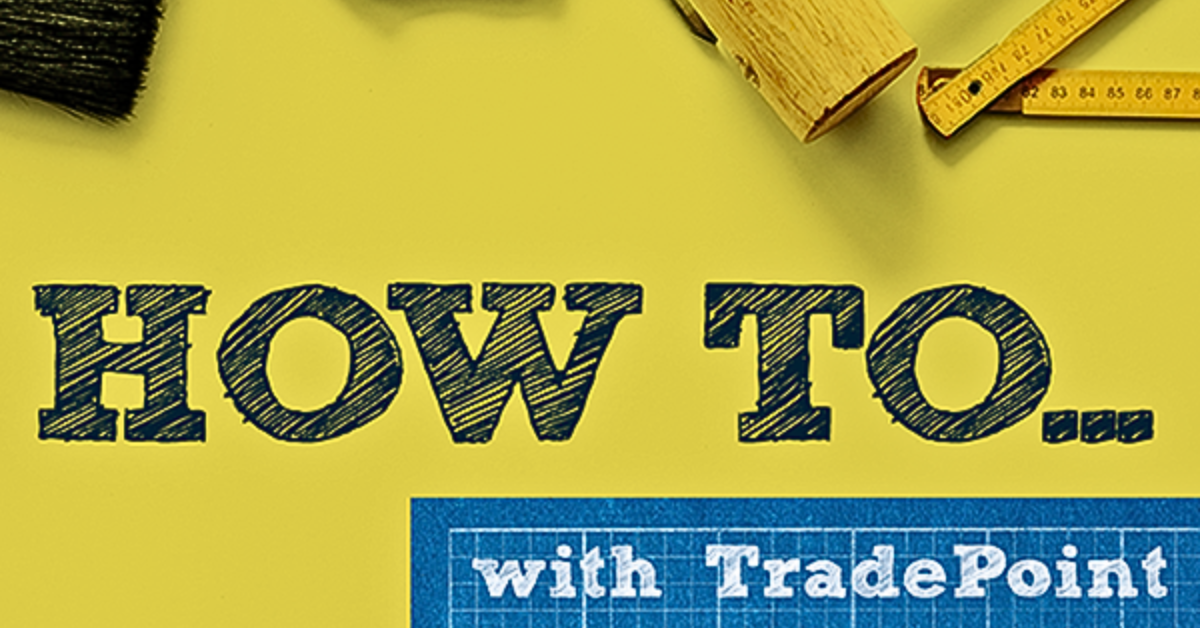

How to: Fit a loft ladder
Converting loft space into usable rooms has become increasingly popular among landlords looking to maximize their property's potential.
However, safe and convenient access is essential - and that's where a properly fitted loft ladder makes all the difference.
Our partners at TradePoint have put together this step-by-step guide to help you install a loft ladder safely and effectively.
Remember: As an NRLA member, you can benefit from a 10% discount on most items at TradePoint (B&Q) using your exclusive discount card. Don't have a card? Click here to order yours, and browse current seasonal offers.
Before you start
Safety first: This is a two-person job. Never attempt to fit a loft ladder alone.
Check compatibility: Ensure your loft hatch can accommodate the ladder dimensions. Most standard loft ladders require a hatch opening of approximately 60cm x 120cm.
Assess the space: Have your assistant check there's adequate headroom and storage space in the loft for the folded ladder.
Tools you'll need
- Drill and drill bits
- Screwdriver
- Measuring tape
- Pencil for marking
- Safety goggles
- The loft ladder kit (complete with hinges, brackets, and fixings)
Installation steps
Step 1: Prepare the ladder
Remove the loft ladder from its packaging and assemble according to the manufacturer's instructions. Attach the hinges to the ladder frame - these will secure it to the hatch opening.
Step 2: Position and mark
With your assistant in the loft space, carefully position the ladder assembly in the hatch opening. Have them mark the bracket positions onto the joists next to the hatch. Accurate marking is crucial for a secure fit.
Step 3: Drill and secure
Drill pilot holes at the marked positions to prevent the wood from splitting. Securely fasten the brackets to the joists using the provided screws. The ladder frame should now be firmly attached to the hatch.
Step 4: Test the mechanism
Before using the ladder, ensure all locking catches engage properly. The ladder should unfold smoothly and lock securely in the extended position.
Setting up the stowing system
Once your ladder is installed and tested:
- Remove the temporary studs from the ladder legs (these prevent damage during transport)
- Attach the stowing 'V' rod to the bottom of the ladder - this helps you pull the ladder down and push it back up
- Secure with star washers on the ends of the stowing rod to prevent it coming loose
- Install the floor bracket for the stowing rod, positioning it where the ladder naturally comes to rest
Safety reminders
You should always ensure locking catches are fully engaged before climbing as well as checking the ladder's weight limit.
You should also carry out regular inspections, checking hinges and fixings for wear, making sure to keep the ladder mechanism clean and well-maintained
When to call a professional
While many landlords can tackle this DIY project, consider professional installation if:
- Your loft access is in an awkward location
- You're unsure about the structural integrity of the joists
- The hatch opening needs modifying
- You're not confident working at height
A properly installed loft ladder not only provides safe access but can also add value to your rental property by making loft storage truly accessible for tenants.
Click the link below to view the video

